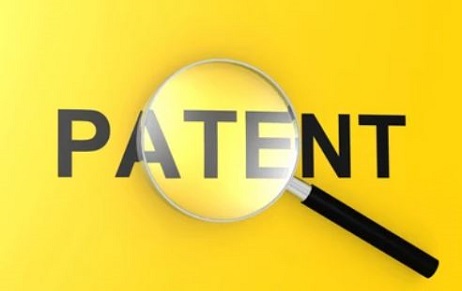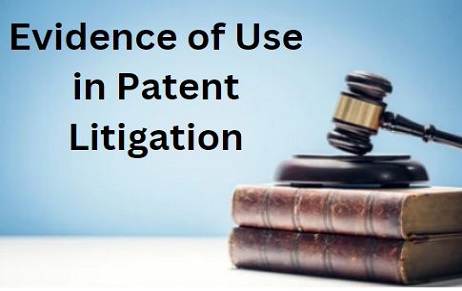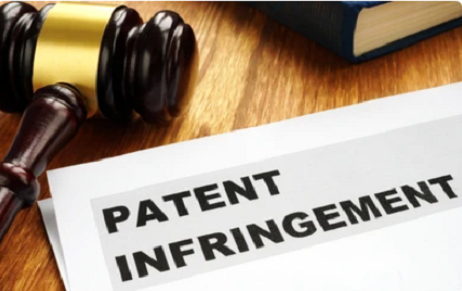INTRODUCTION Biotechnology Patent means the legal power given to the innovators to prevent third parties…
Patent Examination Process In India
INTRODUCTION
In India the stages of the patent examination include the steps that must be followed to obtain a patent from the time an application is filed till the time the authority grants or rejects it. The following is a brief glance at the major stages of the patent examination process in India[i]:
Filing of Patent Application: The process first of all requires the filing of a patent along with the Indian Patent Office IPO. This application should be accompanied by a patent document which contains the detailed description of the invention, the drawing and the abstract if any.
Formal Examination: These are known as the formalities, and the IPO performs a formal examination to determine whether the patent application complies with them. This consists of verifying if the application has the required documents, fees and information. Inferiorities that have been suspected are then corrected by the applicant.
Publication of Application: After the application has gone through the formal examination, it appears in the official patent journal after 18 months from the filing date or the priority date whichever is the earlier. The publication serves as a means of informing the public about the invention.
Request for Examination: Substantive examination must be requested by the applicant within 48 months from the filing date or the priority date. Where the request is not submitted with the stipulated time, the application is considered as withdrawn.
Substantive Examination: In the course of preparation for the IPO a profound analysis of the possibility to patent the invention is made. This includes looking at the efficiency of the invention by determining whether the invention is new and not obvious, has an inventive step, and is determined to be inventive by being useful in industry. The examination also evaluates the breadth of the claims made in the patent and how well-defined they are.
First Examination Report (FER): Following the substantive examination, the IPO gives a report known as the First Examination Report it contains objections or deficiencies found relating to the patent application. The applicant receives an opportunity to meet the FER and clarify the points which have been objectionable.
Amendments and Arguments: The applicant can amend the patent claims and present arguments for excluding the objections in the FER. The applicant may also ask for an interview with the examiner of patents to present his or her side of the story.
Final Decision: According to the applicant’s response the IPO may allow the patent or refuse the application in its finality. Once the patent is granted, the applicant is appropriately charged the requisite fees for grant and sealing of the patent.
Grant of Patent: Upon grant of the patent, the IPO awards the patent certificate and the invention is legally protected for a period of twenty years from the filing date. The patent is then enforceable and the patentee may control the utilization of the invention.
Appeals and Oppositions: If a patent application is rejected, then the applicant has the option of appealing the decision before the Intellectual Property Appellate Board (IPAB). Third parties also have the ability to challenge the grant of a patent either by filing pre-grant or post-grant oppositions.
I would also like to stress that the formal examination of a patent application may take a considerable amount of time and presupposes several rounds of interactions between the applicant and the patent office. It is important to reply to the examination reports promptly and to communicate with the patent examiner positively.
SOFTWARE-RELATED PATENTS UNDER INDIAN LAW
The Indian Court and Parliament have been systematically interpreting the grant and validity of software-related patents under the Indian Patent Act. Here are key points regarding software-related patents in India:
Patentability Criteria: The patent law in India permits the patenting of inventions, provided they meet the general patentability criteria of novelty, inventive step, and industrial applicability.
Section 3(k) of the Indian Patent Act[ii]: Section 3(k) of the Indian Patent Act specifically prohibits including the following types of inventions from being patented: a mathematical or business method or a computer program per se or algorithm. The eligibility of this provision has been an issue of controversy and interpretation particularly in regard to software based inventions.
Technical Effect and Novelty: In order to be patented, a software-related invention has to exhibit technical character and have a technical content. There is also, potentially, a direct applicability of Section 3(k) to simple computer programs or algorithms that do not have a specific use or impact on a computer or technological system.
Improvement in Technical Field: Indian patent law in general permits the grant of patents to an improvement in a technical field. Consequently, if such inventions relate to software then this invention will be patentable as long as it offers a technical contribution or a solution to a technical issue.

CHALLENGES AND CONTROVERSIES
- Ambiguities in patenting of software related innovations
- Technological challenges: prior art and non-obviousness in virtual reality
- Ethical and societal implications of patenting metaverse technologies
The technological metaverse and its innovations are now patented; this has social and moral implications concerning data protection, privacy, openness, monopolistic conduct, and both access and innovation. Product patents may limit equal access to innovation and technology; the provisions regarding patents may hinder the establishment of the metaverse as a collectively shared Web 3.0 space. While blocking the competition and inhibiting innovation within the metaverse, big businesses that patent metaverse elements may contribute to the formation of monopolies that slow down the growth of the metaverse.
Below, there are several social and ethical issues that are associated with Metaverse technology patenting. These are the restrictive effects on follow-on innovation and growth of large open platforms through patent monopolies, and the lack of access to innovation for those who cannot license or afford patented ideas (the digital divide). For example, questions of fairness of technological advancements for society, balance of IP rights and other voices that are involved in the creation of Metaverse, definition of ownership for data and getting user consent are just few of the ethical considerations.
Fears of monopoly arise when those few organizations in a society control more market share than the rest of the other companies in a given sector, which may slow down any required competitiveness and advancement. One of the primary ethical concerns surrounding the patenting of key Metaverse advancements involves monitoring and curbing the emergence of any anti-competitive tendencies.
Cultural and social effects are even more profound given that the Metaverse may consist of cultural elements and these require moral patenting standards that respect many cultures. Another ethical issue is pondering on how these developments can be impactful over interactions, behaviors, and identities developed from online platforms.
Another constituent is being able to access education and research: ethical patenting practices also consider the importance of creating a ‘knowledge commons’, which academic institutions can not only utilise openly but also contribute to the development of Metaverse technology. Ethical issues also bring in questions on environmental response, as respondents suggest, which call for responsible resource use and a reduction in environmental impact.
Intersectoral collaboration is also needed, especially when following the global approach of the Metaverse. It is possible to combine global innovation and equal access to technology for the sustainable development of the Metaverse.
Author: Vikram Choudhary, in case of any queries please contact/write back to us via email to chhavi@khuranaandkhurana.com or at IIPRD.
[i] Interns, I. (2022) Patent examination in India: Procedure, forms, fees and Timeline, Intepat IP. Available at: https://www.intepat.com/blog/patent-examination-procedure-india/#:~:text=The%20process%20of%20examination%20starts,application%20to%20the%20patent%20examiner. (Accessed: 11 November 2023).
[ii] Sharma, A. (2015) Section 3(K) of the India Patents Act, 1970: A never ending challenge for it giants – patent – india, Section 3(k) Of The India Patents Act, 1970: A Never Ending Challenge For IT Giants – Patent – India. Available at: https://www.mondaq.com/india/patent/394478/section-3k-of-the-india-patents-act-1970-a-never-ending-challenge-for-it-giants#:~:text=Section%203(k)%20of%20the%20patent%20act%20describes%20that%20there,computer%20program%20me%20or%20algorithms. (Accessed: 11 November 2023).



